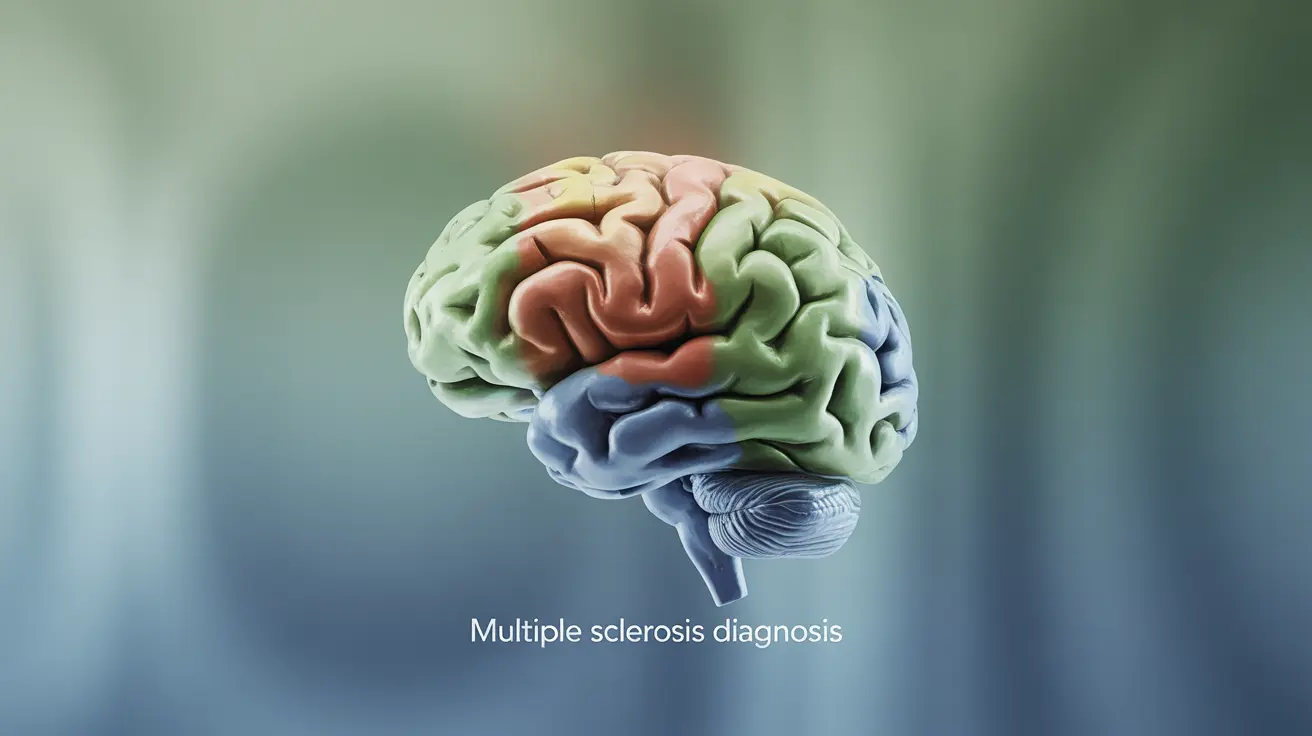Multiple sclerosis (MS) diagnosis typically involves identifying characteristic lesions on brain and spine MRI scans. However, some patients experience MS symptoms without clear evidence of these telltale marks, leading to questions about whether MS can exist without visible lesions. Understanding this complex scenario is crucial for both healthcare providers and patients seeking answers about their symptoms.
This comprehensive guide explores the relationship between MS and lesions, alternative diagnostic approaches, and what it means when traditional imaging doesn't tell the whole story.
Understanding MS and Lesions
Multiple sclerosis is an autoimmune condition where the body's immune system attacks the protective myelin sheath covering nerve fibers. This damage typically appears as lesions on MRI scans, but the relationship between visible lesions and MS isn't always straightforward.
While lesions are a hallmark sign of MS, their presence or absence doesn't tell the complete story. Some patients may have symptoms consistent with MS even when initial MRI scans don't reveal typical lesions.
The McDonald Criteria and Diagnosis
The McDonald criteria, established guidelines for MS diagnosis, traditionally rely heavily on demonstrating lesions in different areas of the central nervous system at different times. However, these criteria have evolved to recognize that MS diagnosis is complex and may require multiple approaches.
Beyond Visible Lesions
Several factors can affect whether lesions are visible on an MRI:
- The timing of the scan
- The strength of the MRI machine
- The location and size of lesions
- The type of MS and disease activity
- The use of contrast agents during imaging
Alternative Diagnostic Methods
When lesions aren't clearly visible, doctors may employ several other diagnostic tools:
- Cerebrospinal fluid analysis to check for specific proteins and antibodies
- Evoked potential tests to measure nerve response
- Blood tests to rule out other conditions
- Detailed neurological examinations
- Advanced imaging techniques beyond standard MRI
The Role of Clinical Symptoms
Healthcare providers often rely heavily on clinical symptoms and their pattern of occurrence when MRI results are inconclusive. Key symptoms that may suggest MS even without visible lesions include:
- Visual disturbances
- Muscle weakness or spasticity
- Balance problems
- Fatigue
- Cognitive changes
- Sensory symptoms like numbness or tingling
Frequently Asked Questions
Can multiple sclerosis (MS) be diagnosed without visible lesions on an MRI scan?
Yes, while unusual, MS can be diagnosed without visible lesions on an MRI scan. Diagnosis may rely on other clinical evidence, spinal fluid analysis, and ruling out other conditions. However, lesions typically become visible on subsequent MRI scans as the disease progresses.
What role do lesions play in confirming a diagnosis of MS according to the McDonald criteria?
The McDonald criteria use lesions as a key diagnostic marker, specifically looking for evidence of damage in different locations and at different times. However, the criteria also consider other clinical and laboratory evidence when typical lesion patterns aren't present.
How do doctors differentiate between MS and other conditions that cause similar symptoms but no lesions?
Doctors use a combination of clinical examination, blood tests, spinal fluid analysis, and other diagnostic tools to rule out conditions that mimic MS. They also carefully evaluate the pattern and progression of symptoms over time.
Can lesions in MS ever heal or become less detectable on an MRI over time?
Yes, some MS lesions can heal or become less visible on MRI scans over time. This process, known as remyelination, can make older lesions harder to detect, though there may still be underlying damage to the nervous system.
What additional tests besides MRI are used to help diagnose MS when lesions are unclear or absent?
Additional tests may include lumbar puncture for cerebrospinal fluid analysis, evoked potential tests to measure nerve response time, blood tests to exclude other conditions, and detailed neurological examinations. Sometimes, repeated MRI scans over time may eventually reveal lesions.




